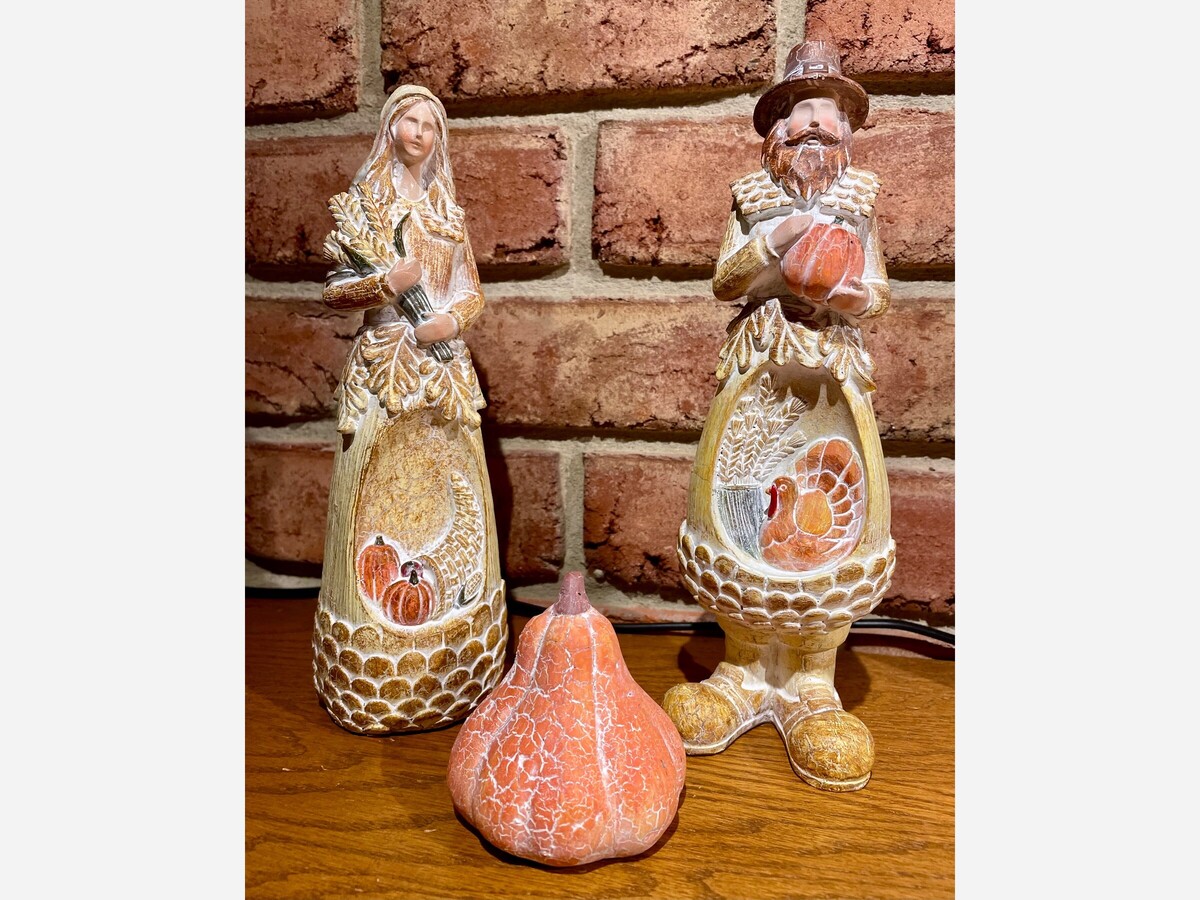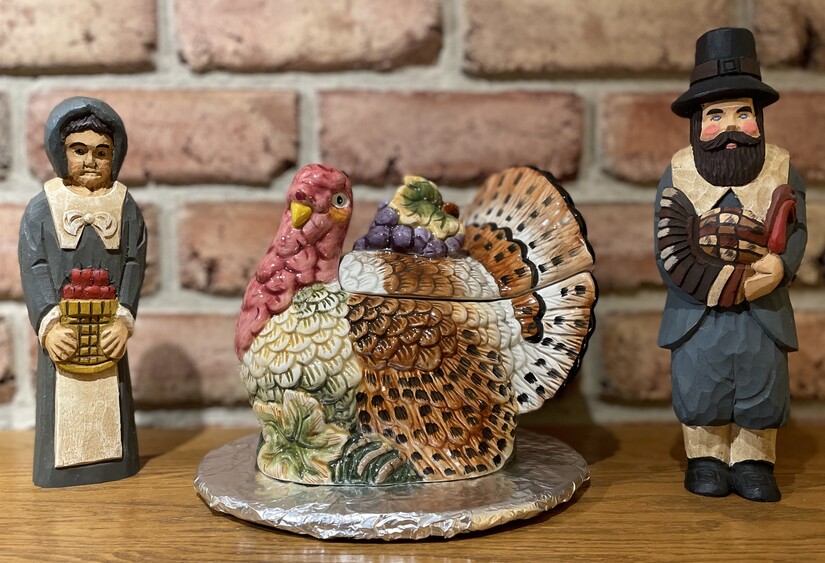Image

It was an innocent question: “Can you tell me what happened to the Billington brothers?”
The brothers had traveled aboard the Mayflower. One of them, Francis, nearly blew up the ship by firing a gun in the vicinity of a cargo of gunpowder.
Had the ship sunk, there would be no story for us to celebrate each Thanksgiving about brave colonists who traveled to the New World in search of religious freedom and landed on the rocky coast of New England in 1620. Because young Francis thankfully failed, the brothers are now footnotes to a more exciting story.
And so, standing on the same shore where the Mayflower had landed hundreds of years ago, I assumed the man to whom I posed my question would simply blow me off. Dressed in the garb of the 1600s, he was enacting the role of one of the colonists at what is now known as Plymouth Planation, a living history recreation of the original colony. My husband, eight-year-old son, and I had traveled from the “Pennsylvania Colony” to the historic site on a family trip. And my son was insistent that this man standing on the dirt street in the midst of the colony, would surely know something about the two erstwhile brothers.
As it turned out, my son was right. The man was not just any run-of-the-mill Pilgrim. He was none other than John Billigton, Senior-- father to Francis and John, Jr. Like any parent, he insisted that his two boys were “good lads who didn’t mean to cause any harm.” My son was thrilled, my husband amused, and I was embarrassed, having just insulted this man’s son, albeit his “fake” son.
Thirty-five years later, with my sister-in-law soon to wing her away across the country to join us for the holiday, we thought we would do some decorating and that is why I came to be sitting at my kitchen table, staring at carved wood figurines of several pilgrims and thinking of my encounter that long ago summer day with Mr. Billington and his fellow travelers.

Some of the carved figures reflect staid personalities, such as William Bradford, Myles Standish, William Brewster, and John Alden, the men who established the Plymouth Colony. Others inspire fear with their angry and unforgiving faces, evoking the fire and brimstone sermons, warning possible sinners in their midst of the wrath of “an angry God.” A few reflect the early colonists’ gratitude for the natural abundance shared with them by the Native Americans, without whose support they would have perished. And some reflect a compromise— a serious, but not terrifying pilgrim patting the back of an unsuspecting turkey that will soon be the centerpiece of a dinner platter.
It's impossible to know which of these figures best captures the spirit of the pilgrims, their shared hopes, fears, and later, thanks, as they made a new life for themselves and helped birth a new nation. But I am confident that none of them capture the glimmer in the eye of the pilgrim father whom I encountered on those same rocky shores, or the impish expression on his face as he downplayed the nearly catastrophic antics of his two young boys.
